The world is full of creatures that can take your breath away—some literally. From the depths of the ocean to the heart of rainforests, nature has its fair share of deadly inhabitants. A casual stroll through the jungle or a swim in tropical waters could introduce you to some of the planet’s most lethal residents. Let’s dive into the wild world of the 15 deadliest creatures, where beauty and danger often go hand in hand.
1. Box Jellyfish
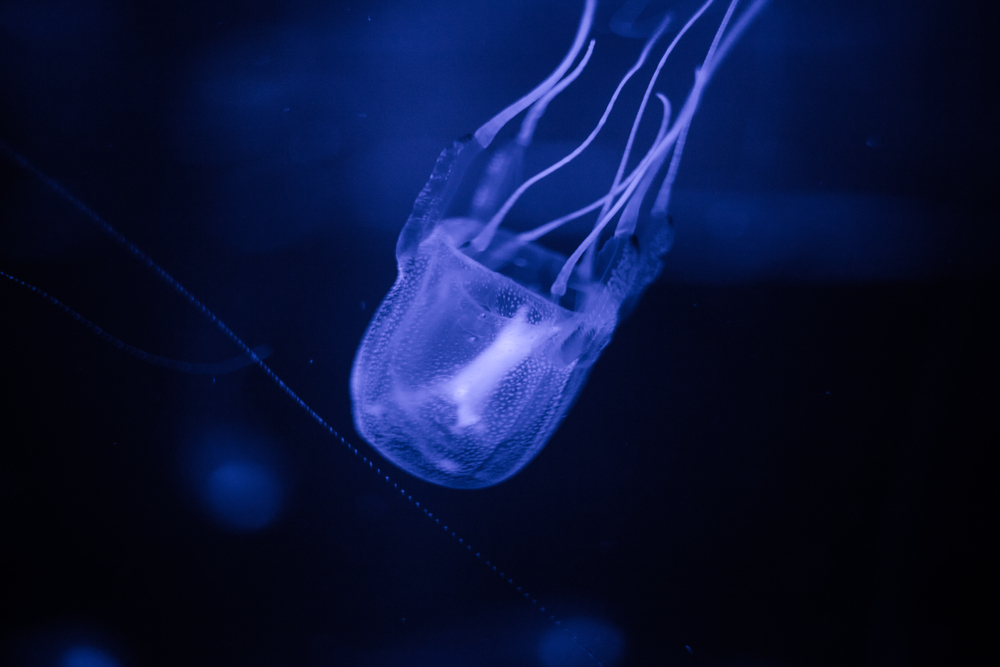
Graceful and translucent, the box jellyfish drifts through the oceans like a ghost. But don’t let its delicate appearance fool you; its tentacles carry one of the most potent venoms known to man. A mere brush against this floating phantom can lead to excruciating pain, heart failure, and sometimes death. Found primarily in the warm coastal waters of the Pacific and Indian Oceans, this marine marvel is best admired from a safe distance. Encountering one of these in the wild is an experience you’d rather read about than endure firsthand.
2. Inland Taipan
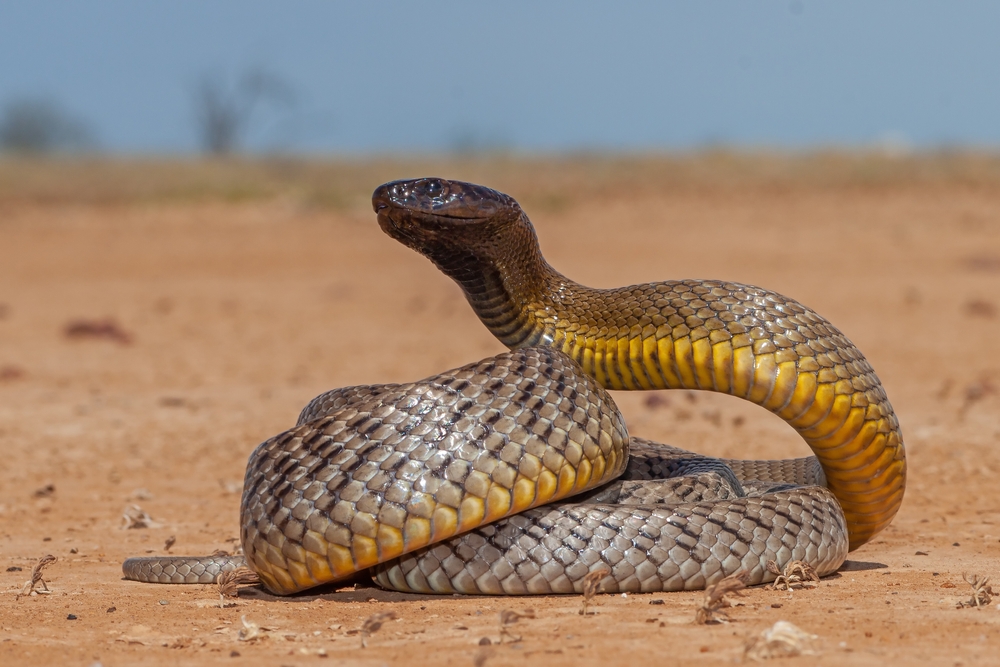
Meet the inland taipan, the snake that laughs in the face of your “most dangerous” list. With venom that’s estimated to be 50 times more toxic than that of the Indian cobra, this reptile is not to be trifled with. Often nicknamed the “fierce snake,” its bite leads to paralysis and can kill within an hour. The good news? It’s shy and rarely interacts with humans, preferring the solitude of Australia’s arid desert regions. Still, if you find yourself hiking Down Under, keep your eyes peeled for this elusive killer.
3. Mosquito
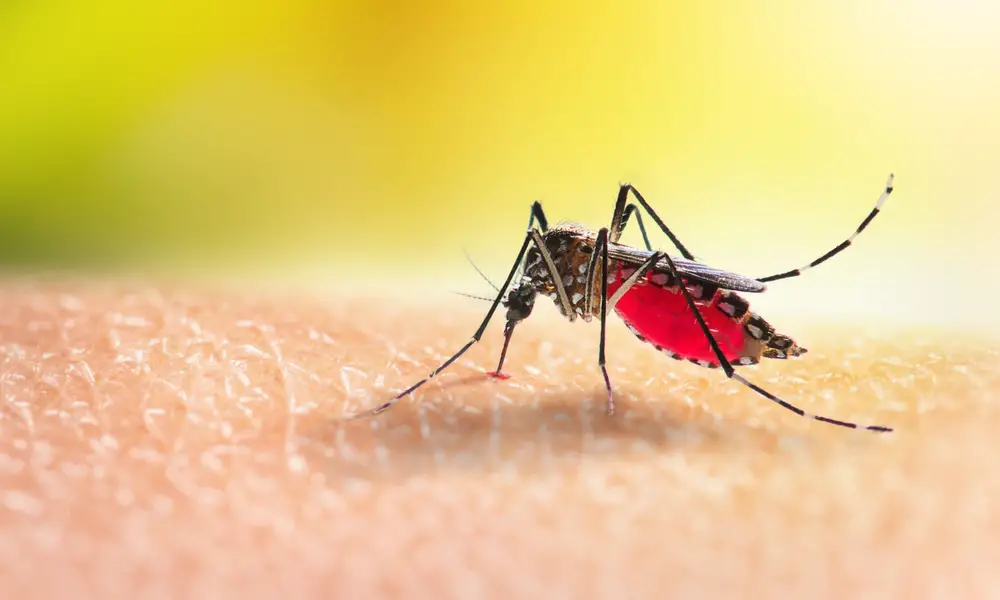
Surprised to see this tiny insect on the list? Don’t be. The mosquito is the ultimate stealth assassin, responsible for more human deaths than any other creature. It’s not the bite itself that’s deadly but the diseases they transmit—malaria, dengue, Zika, and more. These buzzing bloodsuckers inhabit nearly every part of the world and thrive in warm, humid climates. Their ability to spread illness across large populations makes them a top player in the deadly game of nature. Staying vigilant with repellent can be your best defense.
4. Saltwater Crocodile
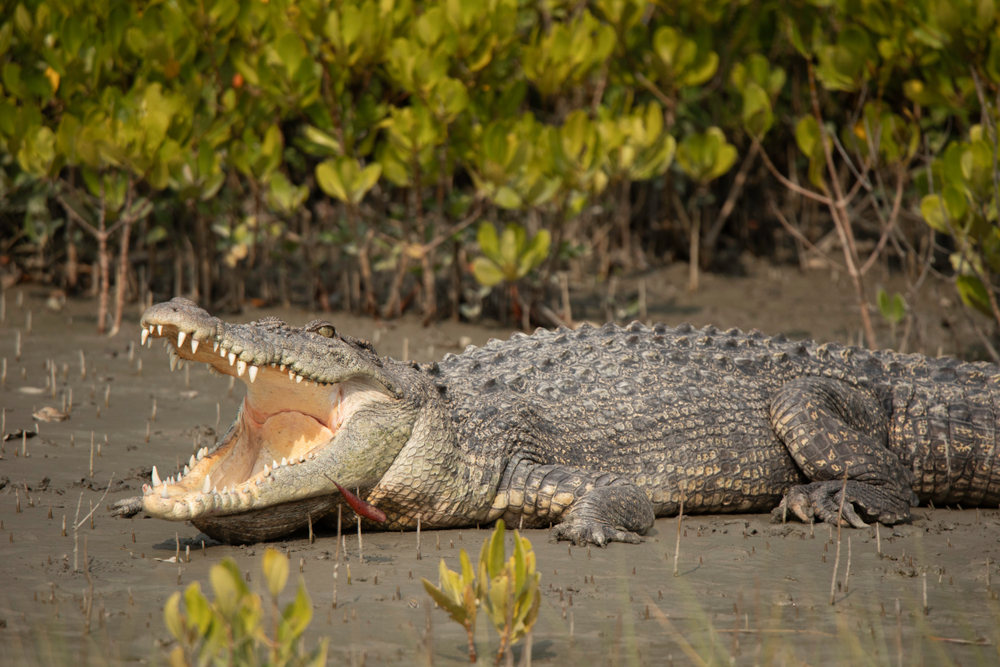
If there’s an apex predator that embodies raw power and ancient ferocity, it’s the saltwater crocodile. This prehistoric powerhouse is the largest living reptile, capable of taking down animals much larger than itself. With a jaw pressure that crushes bones like twigs, it’s a force to be reckoned with in the waters of Southeast Asia and Australia. Their ambush tactics make them master hunters, striking with surprising speed and agility. Respect their territory, and you’ll likely avoid an unwanted close encounter with these formidable beasts.
5. African Elephant
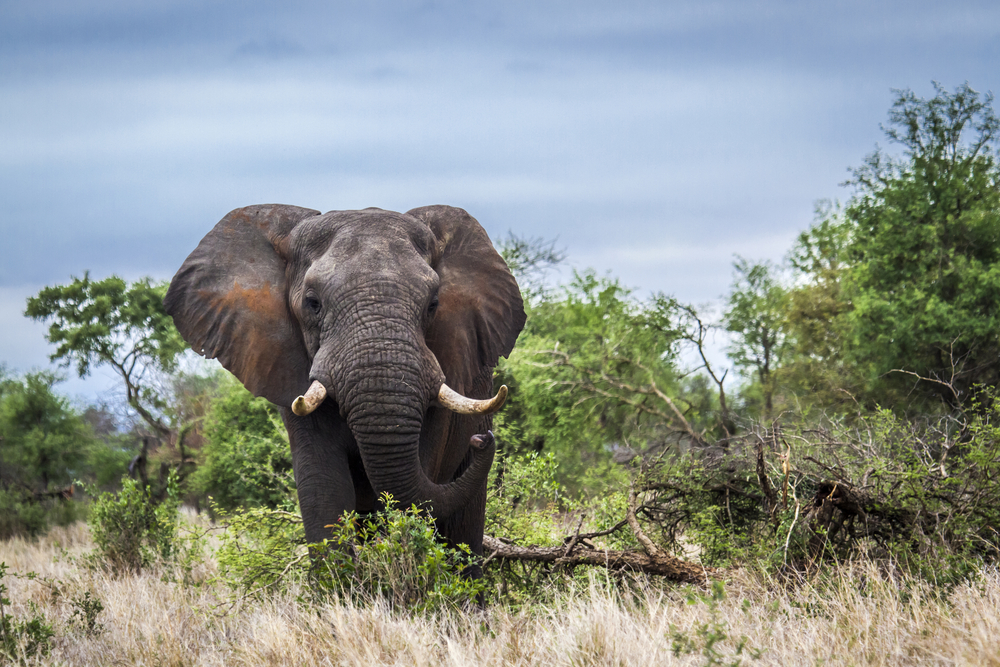
Majestic and seemingly gentle, the African elephant is a creature of contradictions. Despite their plant-based diet, elephants can be unpredictably aggressive, especially when they feel threatened. With the power to flip vehicles and crush obstacles in their path, they are capable of causing immense destruction. Encounters with humans can sometimes lead to tragic outcomes, particularly when elephants are stressed or in musth, a periodic hormonal condition. Admiring them from a respectful distance is key to appreciating the grace and might of these magnificent giants.
6. Cone Snail
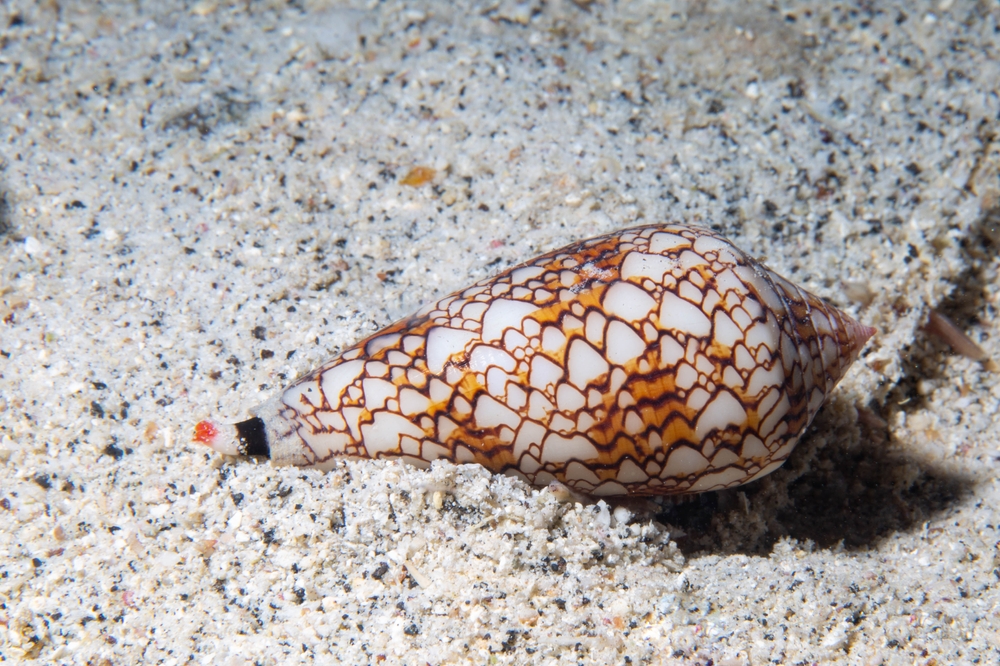
In the tranquil world of coral reefs, the cone snail lurks with deadly disguise. This seemingly harmless mollusk boasts a venomous sting capable of paralyzing fish and, occasionally, humans. The “cigarette snail” nickname hints at the grim reality—victims might have only enough time to finish a smoke before succumbing to its effects. There’s no antivenom for a cone snail sting, making caution and respect vital when exploring their habitats. With ornate shells that captivate collectors, it’s a creature that demands both admiration and vigilance.
7. Cape Buffalo
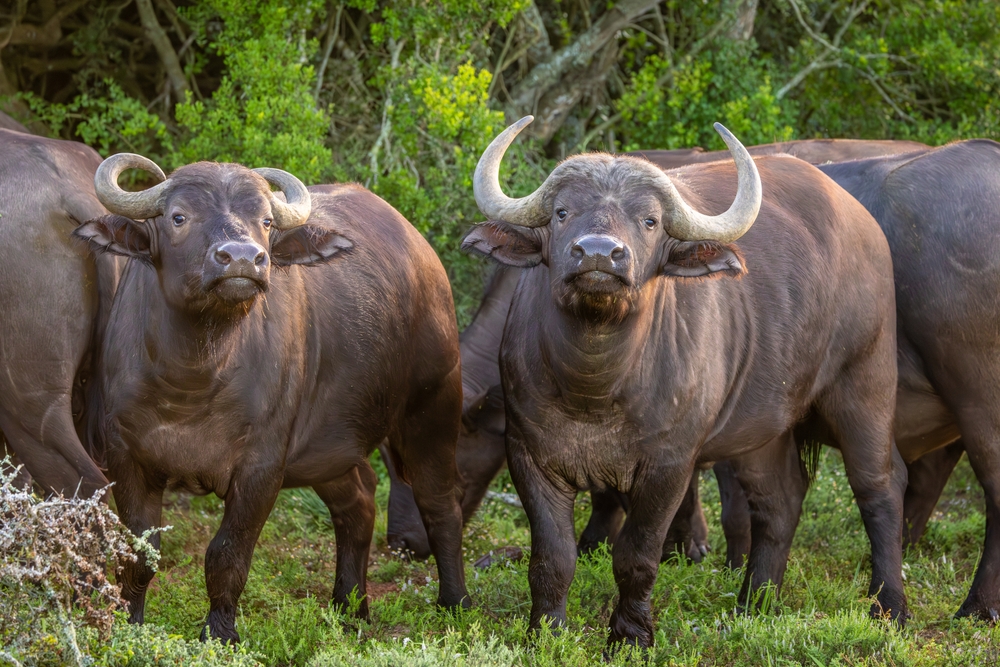
Nicknamed “the Black Death,” the cape buffalo roams Africa’s savannas with a reputation for unpredictability and ferocity. Unlike other herbivores, these buffaloes don’t flee when threatened; they charge head-on with astonishing force. Often traveling in herds, they have been known to attack vehicles and predators alike, making them one of Africa’s most dangerous animals. Their massive horns and muscular build provide the perfect tools for defense and aggression. Spotting these formidable creatures in the wild is a thrilling, albeit nerve-wracking, experience.
8. Blue-Ringed Octopus
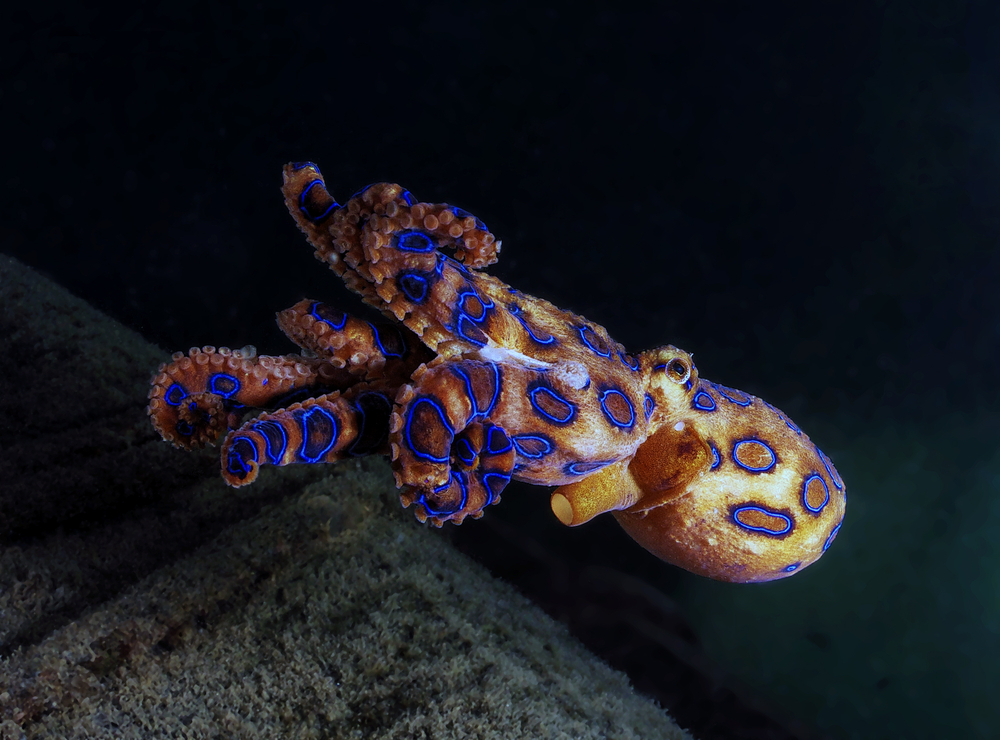
The blue-ringed octopus is as beautiful as it is deadly. Found in tide pools and coral reefs in the Pacific and Indian Oceans, this small but venomous creature packs a punch. Its vibrant blue rings are a warning sign of the potent neurotoxin it carries, capable of causing respiratory failure in humans. Despite its lethal capabilities, it’s shy and unlikely to attack unless provoked. Admiring its beauty from afar is your safest bet. Handling this tiny terror can lead to dire consequences, so resist the urge for a hands-on encounter.
9. Pufferfish
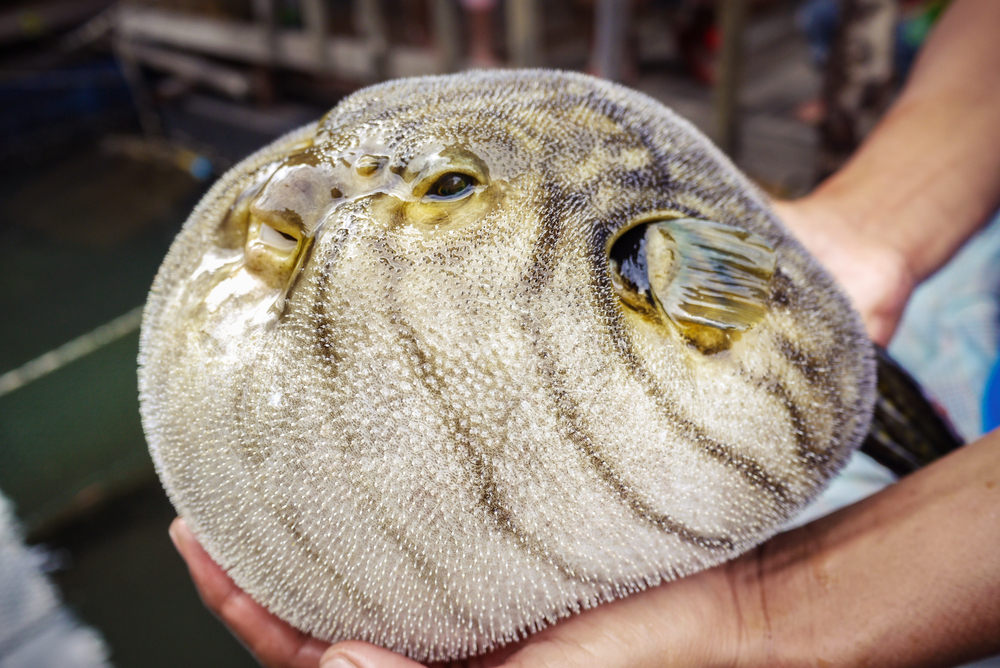
The pufferfish might look like an amusing underwater balloon, but it’s one of the ocean’s deadliest creatures. Containing tetrodotoxin, a poison over a thousand times more toxic than cyanide, this fish poses a significant threat to predators—and adventurous diners. Despite its risky reputation, pufferfish is considered a delicacy in Japan, known as fugu. Chefs trained to prepare it meticulously must remove toxic parts to avoid poisoning. While watching a pufferfish inflate can be entertaining, it’s a creature that reminds us of the thin line between beauty and danger.
10. Brazilian Wandering Spider
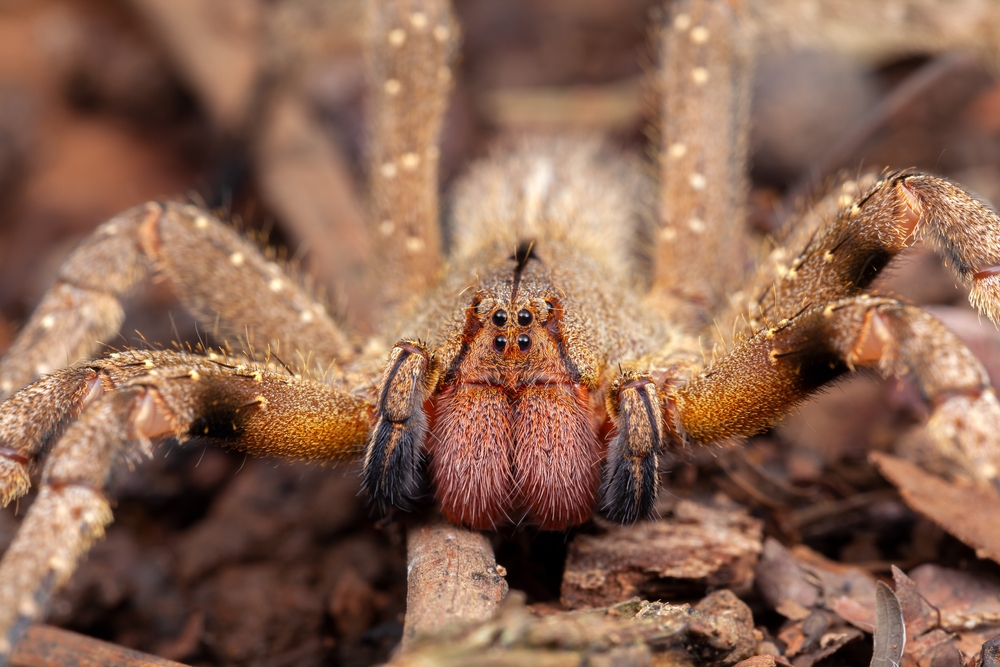
Known as one of the most venomous spiders on the planet, the Brazilian wandering spider is a nightmare for arachnophobes. Unlike web-bound counterparts, they roam the jungle floors of South America, seeking prey with acute senses and potent venom. Their bites can lead to intense pain, paralysis, and sometimes fatalities. However, these spiders tend to avoid humans and only bite when provoked. Spotting one in the wild should inspire awe for its survival prowess—just don’t get too close. A respectful distance is your best defense against this eight-legged enigma.
11. Stonefish
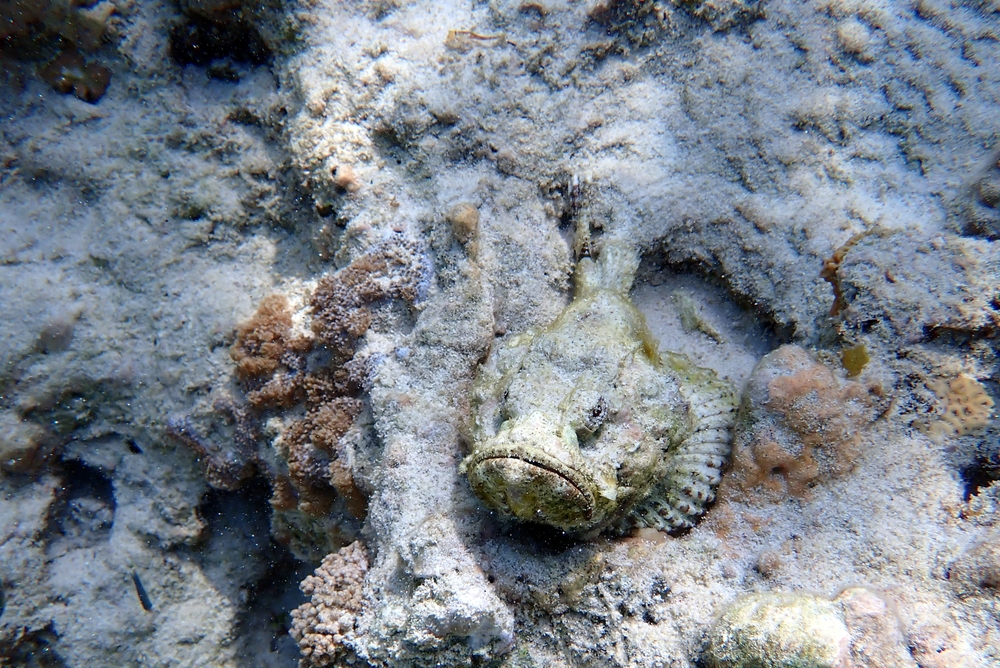
Hidden among the seabed’s rocks and coral, the stonefish is the ultimate master of disguise. Its camouflaged body and venomous dorsal spines make it one of the ocean’s most dangerous inhabitants. Stepping on one can result in excruciating pain, paralysis, and occasionally death. Found in the coastal waters of the Indo-Pacific, this fish is both a marvel of nature’s design and a reminder to tread carefully in unfamiliar waters. While it’s not aggressive, its stealthy nature makes encounters with unsuspecting swimmers all too possible.
12. Deathstalker Scorpion
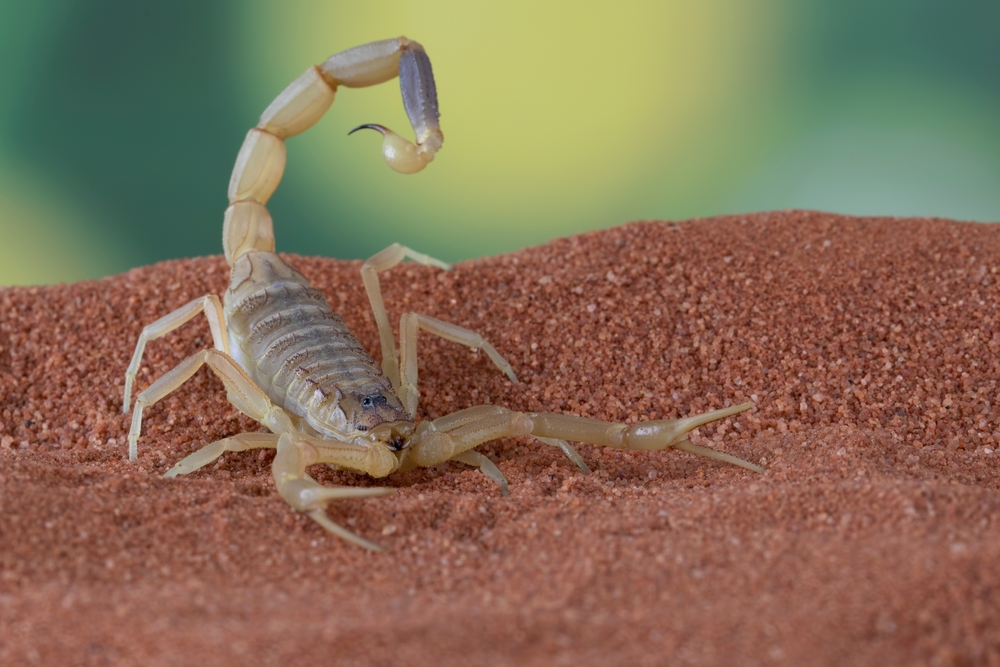
With a name that screams danger, the deathstalker scorpion is not an arachnid you want to mess with. Found in the deserts of North Africa and the Middle East, this scorpion packs a venomous punch with its sting. While not often fatal to healthy adults, its venom can cause intense pain, fever, and convulsions. For children and the elderly, the risk is far more severe. Despite their deadly nature, scorpions play a crucial role in their ecosystems. Encountering one is a reminder of the intricate balance of life in harsh environments.
13. Komodo Dragon
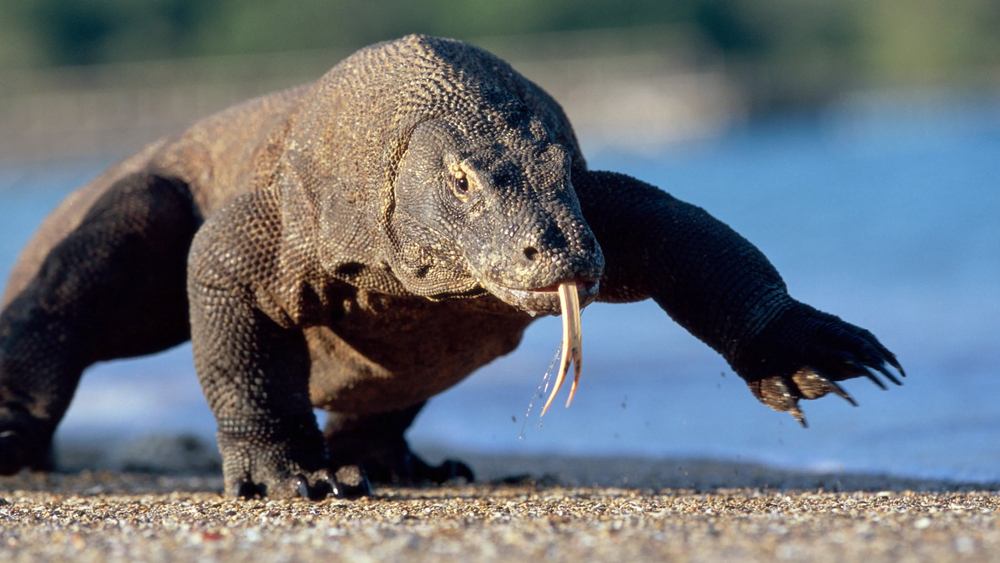
The Komodo dragon is a living relic that commands respect with its sheer size and strength. Native to Indonesia’s Lesser Sunda Islands, these lizards use a combination of sharp teeth and venom to bring down prey. With a bite that can cause infection and blood loss, they’re formidable hunters. Their size alone is intimidating, but it’s their cunning hunting tactics and endurance that make them lethal. Observing a Komodo dragon in the wild is like watching nature’s raw power in action, a spectacle best enjoyed with a healthy dose of caution.
14. Funnel-Web Spider
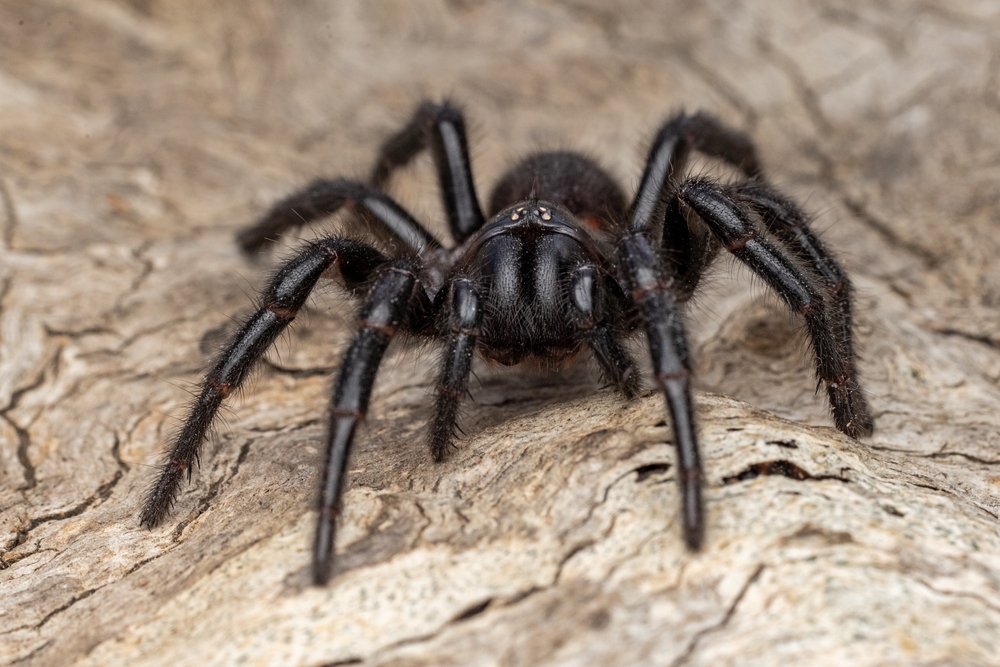
Australia’s funnel-web spider is a small creature with a notorious reputation. Known for its aggressive nature and potent venom, a bite from this spider can be life-threatening if not treated promptly. Found primarily in Sydney and surrounding areas, it prefers to hide in humid environments. The development of an antivenom has significantly reduced fatalities, but encounters with this arachnid remain a serious affair. Its presence is a reminder of Australia’s unique and diverse wildlife, where beauty and danger often intertwine in unexpected ways.
15. Leopard
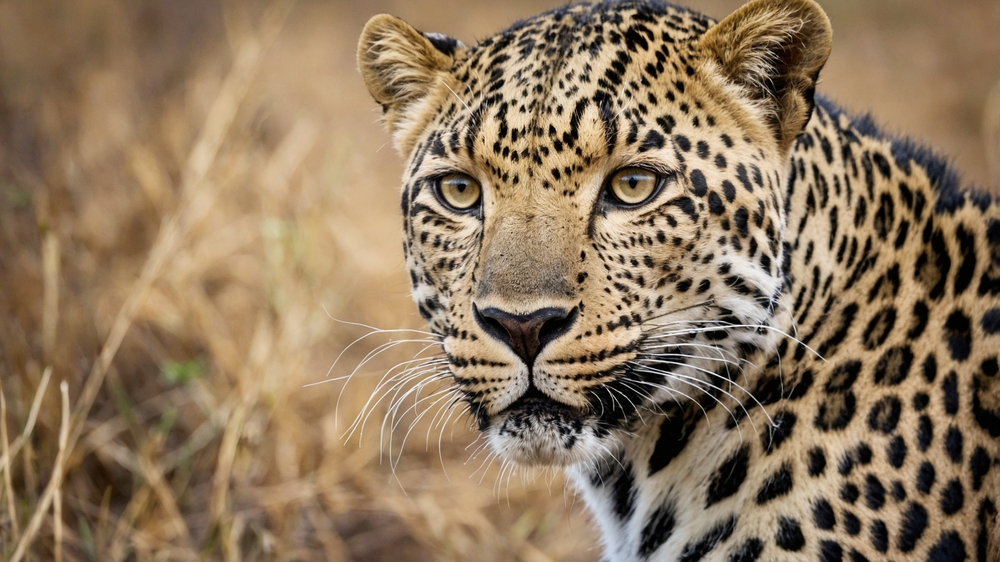
Elusive and stealthy, the leopard is a master of ambush and camouflage. Found in various habitats across Africa and Asia, it’s a top predator capable of taking down prey with astonishing power. While attacks on humans are rare, leopards can become dangerous when they lose their fear of people or are provoked. Their adaptability makes them one of the most widespread big cats, thriving in diverse ecosystems. Encountering a leopard in the wild is a breathtaking moment, highlighting the beauty and potential peril of the animal kingdom.
